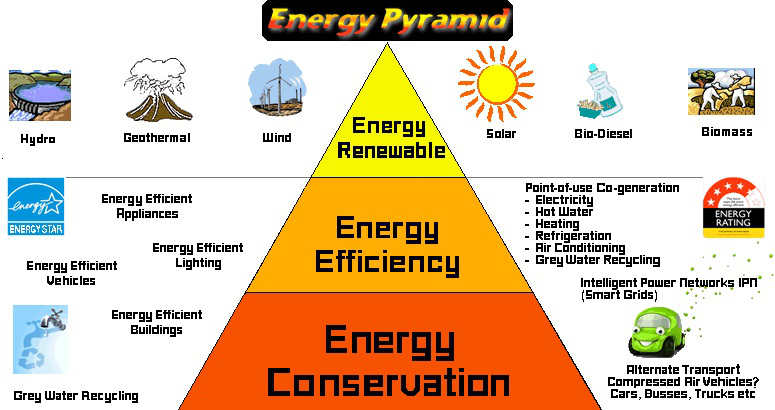
With Energy Saving we have the largest reservoir of clean energy. And the most economical. At the same time, it is also rightly said that the only carbon dioxide that is harmless is the one that is not released, obviously showing Energy Saving as the "source" of this harmless dioxide. There are other "lyric" ratings, such as “first you close the holes in a barrel and then you start filling it”. The above idiom essentially point out to the waste of energy that characterizes our society, and which, of course, is not cut off by the general philosophy prevailing particularly at the end of the 20th century, where the principle "I am consuming therefore I am" was dominated. To everything! This is where the philosophy of disposable products was born, with emperor the plastic we now find at every step of ours, either in our food or in our fun (seas). Energy Saving has two main axes: First, is to avoid waste of energy as for example by closing the luminaires in places where no one exists, and in a second step, limiting consumption by reducing the lighting we use. Secondly, by improving the energy efficiency of the tools we use, for example by using low consumption lamps. It has been estimated that applying energy saving measures and energy efficiency improvement, we can meet the energy demand almost by the half.
RELATED LINKS:
- ΕΞΟΙΚΟΝΟΜΗΣΗ Εξοικονομούμενη Ενέργεια είναι η ενέργεια που δεν σπαταλάται, δεν καταναλώνεται και που κατά συνέπεια δεν χρειάζεται να παραχθεί.
- Οι 10 + 1 τρόποι εξοικονόμησης ενέργειας
- Εξοικονόμηση Ενέργειας | ΔΕΗ Α.Ε.
- Εξοικονόμηση ενέργειας στο σπίτι με 5 κινήσεις
- Ενεργειακή απόδοση
- 2ο Εθνικό Σχέδιο Δράσης για την Ενεργειακή Απόδοση
- Global Energy Efficiency Accelerator Platform - the United Nations
COGENARATION OF ELECTRICITY AND HEAT
Cogeneration of Heat and Power (CHP) is the simultaneous generation of Thermal and Electrical and / or Mechanical Energy in a single process. (see N 3468/2006)
High-efficiency cogeneration (CHP, according to Law 3468/2006) is the co-generation that ensures a primary energy savings of at least 10% compared to the thermal and electrical energy produced under separate processes, as well as production from Small and Very Small Scale Units that provide primary energy savings, regardless of the savings rate. The calculation of the primary energy savings, where required, shall be in accordance with point (b) of Annex III to Directive 2004/8 / EC (L 52).

